Nguyen Thi Tuyet Minh with memorable milestones - Photo: NVCC
In just 6 years, Nguyen Thi Tuyet Minh (31 years old, living in Ho Chi Minh City) has had many extraordinary journeys that few people can achieve.
Tuyet Minh once traveled across 4 countries in 65 days for only 35 million VND, visited all 63 provinces and cities of Vietnam and especially conquered Umling La in Ladakh, recognized by Guinness World Records as the highest pass that can be crossed by car in the world, with an impressive height of 5,883m above sea level.
She is considered the first Vietnamese female biker to drive a motorbike to conquer this amazing destination.
Conquer the peak
* Hello. How was your journey to conquer Umling La peak?
- The Umling La trip lasted about 10 days, with 7 days of driving. We went with a group to Leh Ladakh, resting for 1 day to acclimatize to the altitude of 3,500m. This acclimatization is a condition to be able to continue longer journeys, conquering higher locations.
During the time trying to adapt to the altitude of 3,500m, I experienced many times of hesitation and doubt. The tour guide said that, to adapt to the altitude, it is necessary to take a lot of anti-motion sickness medicine 2-3 days in advance. But I firmly refused to take it, because I wanted my body to adapt on its own.
In Leh, I was very thirsty, but my breathing was regular. I was also forced to lie on my side at a 45 degree angle.
After consulting everyone, I decided to take the medicine. Unfortunately, after about 15 minutes of taking it, I started to experience symptoms like vomiting, cold sweats, weak limbs, diarrhea, and feeling like I was dying and coming back to life… So, taking it was no different than not taking it.
Therefore, I decided not to take the medicine anymore, to let my body adjust and adapt naturally.
I felt like I was about to be hospitalized. But I tried to calm down, adjusted my breathing, breathed slowly, opened the door and slept in a 45° position. Luckily the next morning, my body recovered, I took vitamins and water to help my body recover faster, as well as increase my resistance to continue the journey.
The journey took about 7 days. The roads were quite bad, with hills, deserts, rocky soil… There was also a lack of water and electricity, so we had to wait until the sun came up to have warm water to bathe. In general, the living conditions here were quite poor.
Some roads were frozen and impossible to drive on. The temperature at night was -8° to -13°, and in the morning it was only about 3-5°. Therefore, we had to wait until around 9am, waiting for the sun to rise and the temperature to be about 10° - 12°, before we could start driving. Otherwise, we were afraid it would affect our health and make driving unsafe.
Some parts of the road were impassable for motorbikes, so we had to get on pickup trucks. Driving in the cold for long periods of time took a toll on everyone's health.
Regarding conquering Umling La, I was told that I was the first Vietnamese female biker to ride a motorbike 1,000km without professional support. But I was just happy that I was lucky enough to reach Umling La, and I didn’t think of myself as something formidable. It was just that at that time, I was lucky to conquer that peak before others.
* Where did you get the strength to overcome such difficulties?
- I have been passionate about big motorbikes for a long time, and have participated in many clubs and training sessions of motorbike associations and motorbike manufacturers. Thanks to that, I have acquired some skills to ride on bad and winding roads.
Driving a heavy vehicle with a short height inevitably leads to some problems during the journey. For example, when having to turn corners a lot, you may experience "corner sickness".
Driving in temperatures ranging from -5 to 10 degrees Celsius, not only my body was cold, but my hands, feet and nose were also freezing. However, I kept telling myself, 'We're almost there, just a little more.'
There were times when I felt like I was about to give up. But everyone in the group tried to encourage me, so I tried to conquer the Umling La peak.
During the journey, I also had a minor accident. Because I chose an off-road road with fine sand, the dust was so thick that I couldn’t see the road, and the sand was difficult to navigate, leading to a fall. The bike wouldn’t start, everyone had to help push it, while I sat on the bike trying to start it. When I saw that the bike was running and still running, I continued.
Overall, throughout the journey, I tried to keep the car running smoothly to avoid disturbing others. I tried to be flexible to conquer that road. Luckily, I finally succeeded.
Large displacement motorbikes and manual transmission motorbikes are very suitable for off-roading.
* You have ridden many different bikes. Across Southeast Asia with the Sonic 150R, across Vietnam with the CB500X, or conquered Umling La with the Royal Enfield Himalayan 450. Why did you choose these bikes?
- I like big displacement motorbikes and manual transmission motorbikes because of their safety and acceleration, especially when I want to overcome obstacles or go on mountain passes.
For example, when going downhill and losing the brakes, the gear will help hold me back, giving me time to judge the situation and handle it better. If using a scooter, if there is a problem with the brakes, it will be quite dangerous, the vehicle can easily drift, making me panic and difficult to handle correctly.
In addition, female drivers who overcome difficulties feel very cool (laughs). This is not easy to do. I also had to go through a difficult training process, falling off the bike many times, and setting up the bike many times to be able to be like I am now.
* How do you normally use your car?
- It depends on your travel needs. For highways, I usually use the Honda CB500X. For coffee or city trips, I usually use a naked bike. And for dirt bikes, I use them for going into the woods.
* So you have a collection of motorcycles for different purposes. Can you tell us a little about them?
- The Honda CB500X I often ride can be said to be a national motorcycle with a moderate price. Around 200 million is normal for those who play with large displacement motorbikes. The maintenance cost is not too high, and there are many safety features such as ABS brakes, 6-speed gearbox, anti-slip technology.
The Yamaha WR155R I often use to practice balancing, overcoming obstacles and setting up the bike according to weight.
The CB300R I used for long-distance trips is also suitable for moving around the city, drinking coffee with friends. But when I get used to it, I still want to increase the engine capacity as well as diversify the vehicle models so that I can experience and travel everywhere with it.
Every car is associated with memories and memorable moments for me so I don't want to sell it.
* I'm curious why you're passionate about big motorbikes - something that's not typically a woman's forte.
- Actually, I still have a compact scooter for city driving. But for going out and touring, I prefer a larger displacement bike, it feels more powerful, not as sluggish as a regular motorbike.
For example, when I want to pass something, the big bike will accelerate easily. But the normal motorbike will need some time to pass, or simply called inertia.
* What advice do you have for girls who want to try big motorbikes and go on adventures?
- In my opinion, driving a large motorbike is not too difficult for a woman. The important thing is practice. Once you get used to it, traveling by large motorbike is not a problem.
But it is best to choose the national highway, instead of the branch roads or provincial roads. If you take these roads, if the car has a problem, it will be very difficult to handle. For example, if you go to a place without signal, it will be difficult to call for help.
In addition, if you travel by motorbike, you should equip yourself with knowledge about your vehicle as well as how to handle common situations such as flat tires and vehicle maintenance.
* Thank you very much for sharing.


























![[Photo] Prime Minister Pham Minh Chinh chaired a meeting to evaluate the operation of the two-level local government model.](https://vphoto.vietnam.vn/thumb/1200x675/vietnam/resource/IMAGE/2025/10/29/1761751710674_dsc-7999-jpg.webp)
![[Photo] Human love in the flood in Hue](https://vphoto.vietnam.vn/thumb/1200x675/vietnam/resource/IMAGE/2025/10/29/1761740905727_4125427122470875256-2-jpg.webp)
![[Photo] Hue: Inside the kitchen that donates thousands of meals a day to people in flooded areas](https://vphoto.vietnam.vn/thumb/1200x675/vietnam/resource/IMAGE/2025/10/29/1761738508516_bepcomhue-jpg.webp)
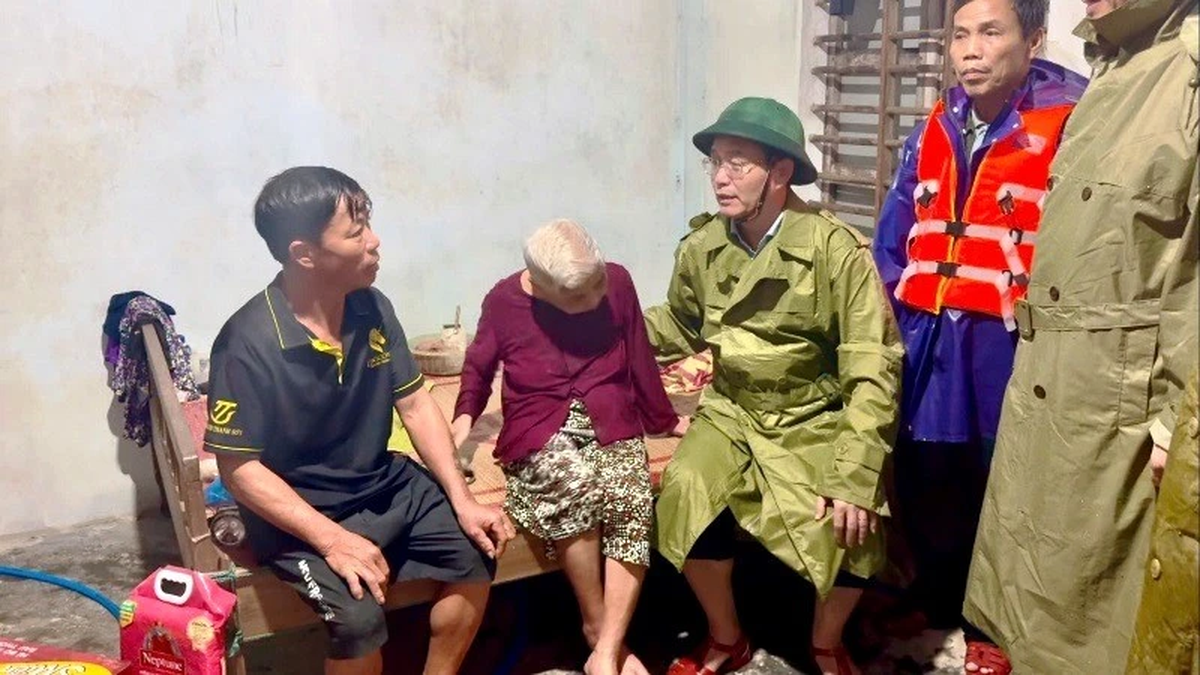
![[Photo] Prime Minister Pham Minh Chinh chaired a meeting to discuss solutions to overcome the consequences of floods in the central provinces.](https://vphoto.vietnam.vn/thumb/1200x675/vietnam/resource/IMAGE/2025/10/29/1761716305524_dsc-7735-jpg.webp)


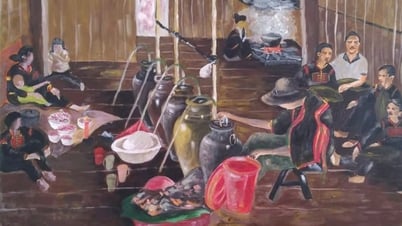


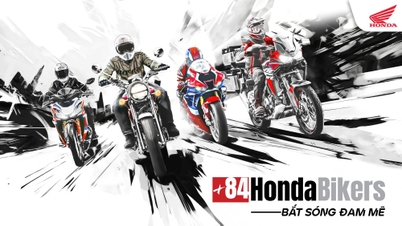


















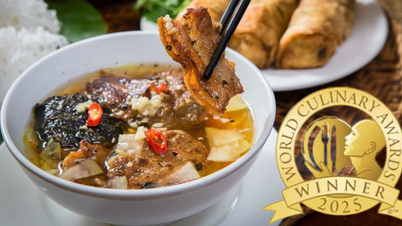



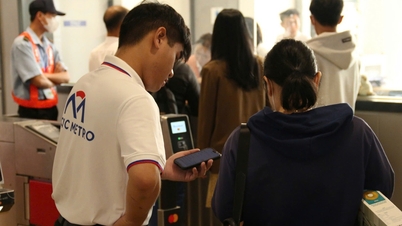

































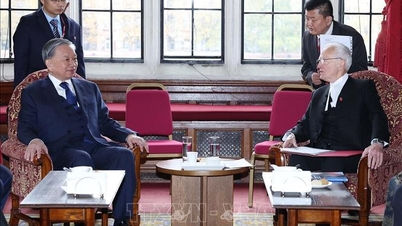




![[Live] Concert Ha Long 2025: "Heritage Spirit - Brightening the Future"](https://vphoto.vietnam.vn/thumb/402x226/vietnam/resource/IMAGE/2025/10/29/1761743605124_g-anh-sang-am-thanh-hoanh-trang-cua-chuong-trinh-mang-den-trai-nghiem-dang-nho-cho-du-khach-22450328-17617424836781829598445-93-0-733-1024-crop-1761742492749383512980.jpeg)
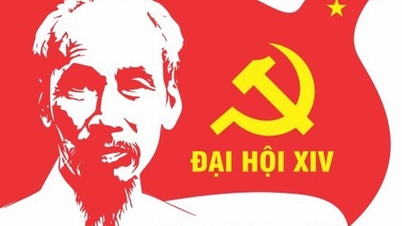
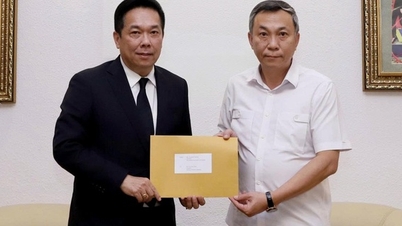


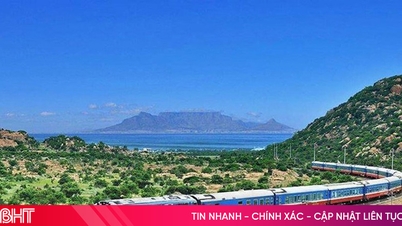

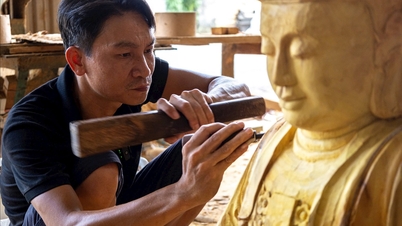


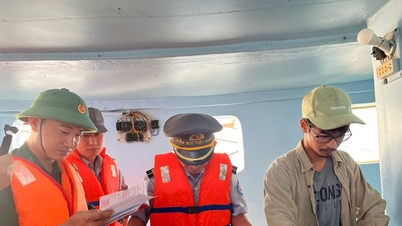

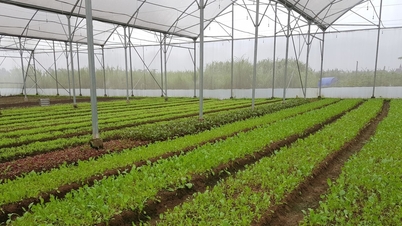











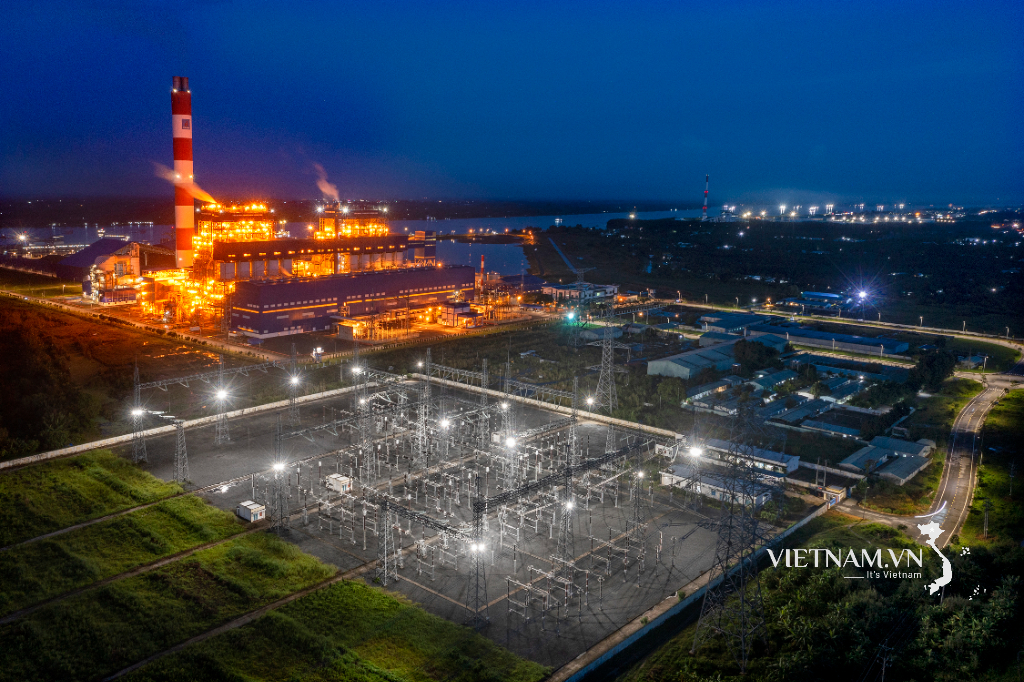



Comment (0)